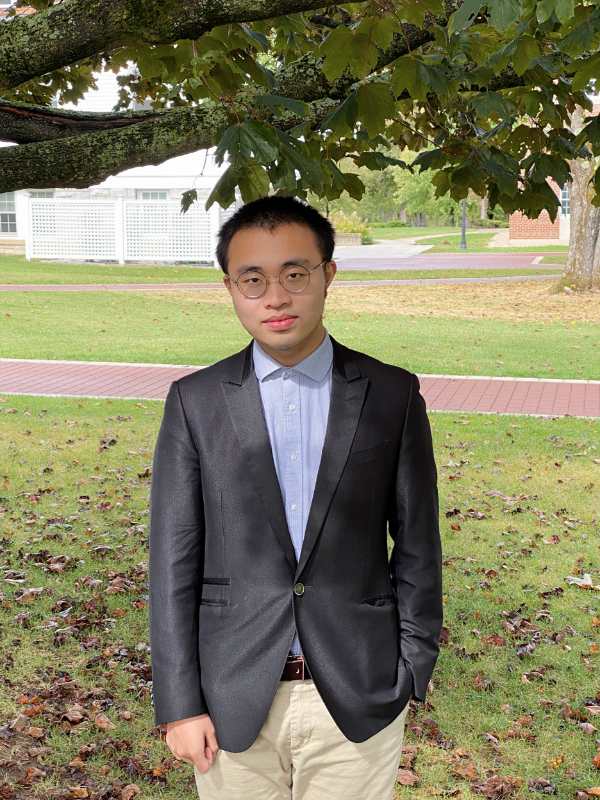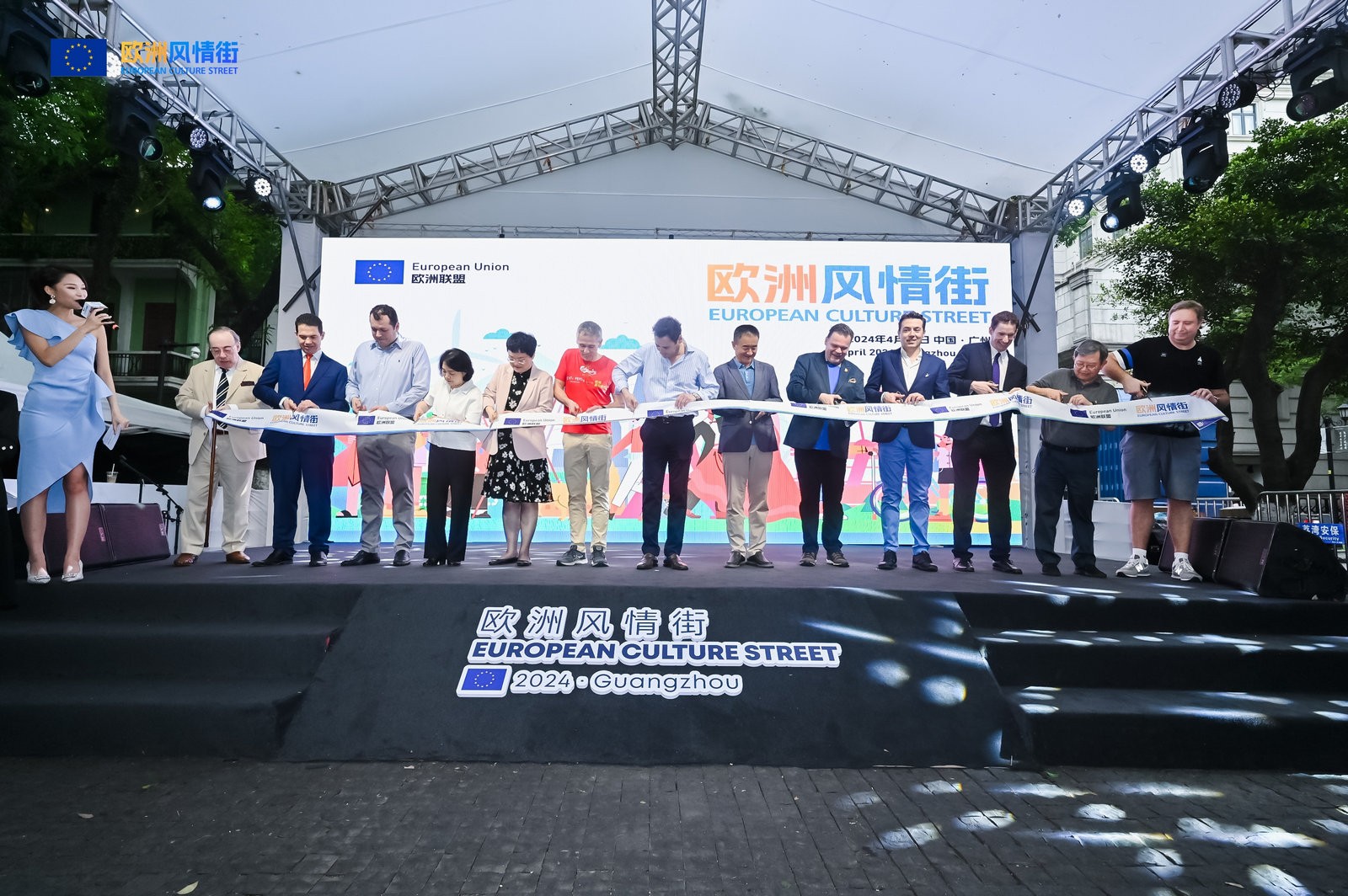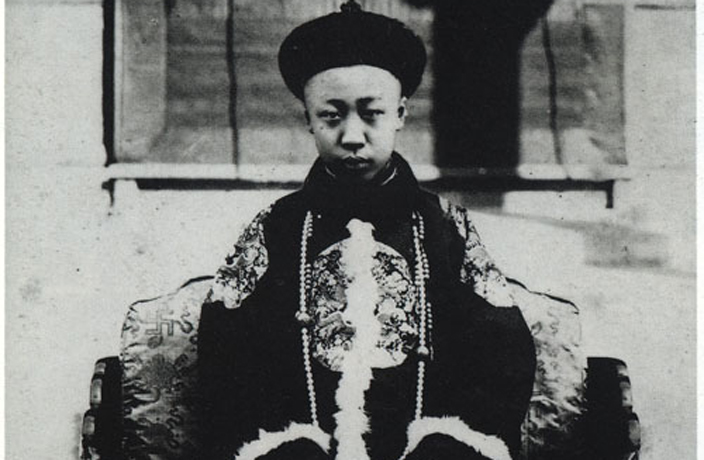The Origin of Yiwu Brown Sugar
Businessmen from different countries, dressed in formal suits, squeeze through skyscrapers; people weave their way through the crowd as if time is more expensive than gold; the elites, drinking coffee on the go, strut on the street, as if they are superior to anyone else.
This is probably the stereotypical image of an international trade center. But Yiwu is different. It is a city, but also a village that is full of the traditional atmosphere.
One of its cultural heritages is handmade brown sugar. About 340 years ago, brown sugar was first introduced in Yiwu. When people still had not enough food to eat, brown sugar was an excellent substitute for rice. The famous “chicken feather for brown sugar” story shows the bartering practice in the past, where sugar makers would give out brown sugar in exchange for chicken feathers to make feather dusters. Nowadays, food is no longer the main concern for most people, yet this history and spirit of brown sugar culture lingers. While globalization and international trade have boosted the city’s economy and reshaped people’s way of living, the rapid transformations have led to the catastrophic suppression of Yiwu’s traditional culture and industry, and particularly, on brown sugar.
Every holiday when I went to Yiwu, I never forgot the fresh brown sugar made in the cow-driven stone mill and how surprised I was to find that the ugly sugarcane could be turned into tasty sugar. But suddenly, the traditional sugar mills were gone and replaced by industrial factories, threatening this precious cultural heritage.
Aiming to preserve this dying culture, last summer, and Christmas, I went to Yiwu and interviewed people related to the brown sugar industry, including brown sugar factory owners, sugarcane farmers, salespeople, government, and trade union officials. In this materialistic society, profits are almost always the highest priority. But I think that the intangible cultural heritage of brown sugar production has its unique value — it represents the efforts of generations of my ancestors. By organizing an activity, making a documentary, and writing an essay about this community, I believe I can raise people’s awareness and help preserve our lost culture through the inevitable vicissitudes of modernization.
Articles, books, and documentaries abound depicting this traditional manufacturing of brown sugar, but something is always missing — the people.
The Life of Sugarcanes
The first person I interviewed was Zhiqian Wang, a renowned farmer whose family has been in the brown sugar industry for generations.
Yiwu’s sugarcane is harvested only once a year, making the sugarcane full of nutritional values — all the nutrients, tastes, sweetness accumulated in 365 days of photosynthesis are concentrated in these canes. This makes Yiwu’s brown sugar peerless, but also limits production, making it hard to profit. As a result, most people quitted the industry, but Wang stayed. For him, it is a way of living rather than a way to make a living.
Growing up in Xiantian, a village 15 miles from Yiwu, Wang was familiar with the farming process. As far as he knows, his great-grandparents were growing sugarcanes. Back then, sugarcane was merely a byproduct on the farm, which provides the inessential snacks for children. Only when there was spare farmland would farmers grow sugarcane.
Wang recalled that even though there was a limited amount of sugarcanes, people, especially children, found tremendous interest into them. Back in the days when kids had no video games, they knew how to have fun on the field. Watching the canes growing from seeds to the fruit even higher than himself, Wang witnessed this magical transformation every year. When he saw sugar juice being squeezed out of the hard-shelled canes, heated and concentrated to become the syrup, and finally condensed to brown sugar cubes, he felt satisfied. Each cube represented his all-year effort and hope.
The development of the brown sugar industry coincides with his coming of age. After the economic reform in the 1970s and 80s, China began to open its vast market to the outside world, boosting GDP almost exponentially. Having enough to eat, for most, was no longer a goal but reality. People began to shift their attention to the quality of food. Brown sugar, with its unique flavor and high nutritional value, came into the public's eyes. It was only five years before most rice-growing farms in Yiwu became dedicated solely to sugarcane plantations.
Wang did not miss this opportunity, from which he greatly expanded the size of his farm and utilized industrial machines to more quickly grow and process the sugarcanes. However, unique yet expensive Yiwu sugarcanes are outcompeted by the cheap canes imported, which can be harvested twice or three times a year.
The Clash Between Times
The growing brown sugar market gave those practitioners much more opportunity to benefit and sustain this economy; however, it also brought challenges to this traditional industry. To find out what it was like in a modern, industrialized brown sugar factory, I visited Xinliang Sun, the owner of the largest brown sugar factory in Yiwu.
Every process is industrialized. The fresh and squeezed sugarcanes pile up outside the workshop, posing a shocking image to all the customers and visitors. All the workers are dressed in white uniforms and masks, making the entire process unpolluted. There are no fancy, show-off techniques common in the man-powered mills, but repetitious, low-skilled operations common on the assembly line. Even the air tastes sweet, but something is lost in the factory. The sugar tastes not bad, but it is not as delicious as the handmade one. The value of brown sugar lies in its culture. As Sun admitted, he has to lower the price in order to sell the factory-made sugar, but even so, factories have much higher profits than traditional mills.
This conflict between the economic benefit and the traditional culture has prevailed in many different fields, threatening the traditional industry to be either replaced or minimalized. The same dilemma also challenges the traditional, handmade brown sugar production: if we avoid using industrial machines to preserve the authentic and traditional flavor of the brown sugar, the supply will remain low and cost will be incredibly high, limiting the market size and discouraging people from working in this industry, where they could barely get benefits; if we only focus on economic gains, we have to sacrifice the traditional, cultural heritage that has been passed down for generations. Neither of the two choices is perfect.

Those Old Days
But how did the small-scale, handmade sugar production workshops operate and benefit? I went to the Yiwu International Market, one of the most important international trade markets in the world. I met Yideng Bao, a 61-year-old brown sugar retailer whose family has been engaged in this industry for many generations.
Bao himself does not directly participate in the production process. His supplies are mostly from those small workshops, which mainly rely on human resources with the help of some rudimentary tools and machines. Those workshops are primarily composed of local villagers, where people plant sugarcanes together and make brown sugar together. When they construct the workshop, they gather their money and invest in warehouse construction, equipment procurement, and land purchase. Afterward, they will share the benefits proportionately according to each family’s initial investment. But even though they cooperate exceptionally well, the fund is only enough to build a rudimentary workshop with limited technology and production capacity.
They are still attractive to some, especially those urban tourists who come to enjoy this traditional culture. People enjoy watching them making the brown sugar in the traditional way. No one complains about the low production rate; in fact, that is what appeals to them. When a cow drives the mill, and the juice is slowly squeezed out from canes, it is an enjoyment. Every step is so delicate that even watching those production procedures is like a show. It reminds us of what life was like in the past when there were little technology and no electricity. Every spectator is overwhelmed by the nostalgic mood. The smell of the freshly produced sugar, together with the smell of smoke by the burning woods, fills everyone’s mind.
The handmade sugar is too hard to be distinguished from those made in factories. What makes the traditional handmade sugar different is not how it tastes, but what it implies. For urban dwellers, they live a fast-paced, high-pressure life. The delicious food is more than common in a metropolis, but many have to rely on take-out on a typical workday. The brown sugar-making scene, showing a glimpse into an idyllic countryside life, fills a void.
Dilemma
Traditional brown sugar manufacturing — handmade brown sugar — has been enlisted as one of China's national intangible cultural heritages. It is highly praised as the essence of “Yiwu spirit” — the sweetness of life's bitterness. Many other heritages have been famous as information becomes more accessible online. However, brown sugar is in a dilemma. To fully understand the difficulty and seek a potential solution, I went to the Yiwu Think Tank (YTT) for an answer.
Luckily, I got to meet with Huaishan Zhou, the Chief Executive Officer of YTT. We first discussed the reasons that limit the growth of the brown sugar industry overall, in which he suggested that the demand for the brown sugar product remains regional, even though the interprovincial and international trade grows. People’s demand for pure sugar is low; most sugar is consumed in restaurants and bubble milk tea shops. They need sugar only to bring sweetness, not a healthy diet for their clients. White sugar, in this way, outcompetes brown sugar easily with its much lower price.
Market demand is not the only limiting factor. The young generation is reluctant to grow brown sugar, which is tedious, time-consuming, and lowly-paid. When I went to the brown sugar plantation, most farmers working there are above 45, and many live alone in the nearby villages, with their children working in cities. It is a cold fact that as time passes, more and more retire, and few enters. The labor will be insufficient, and those techniques will be lost.
The loss of human labor, competitive disadvantage, low productivity, and high cost put handmade brown sugar in peril. As industrialized manufacturing requires much less labor, many skilled workers are losing their jobs, and have to abandon their familiar skills without successors. Machines produce brown sugar at a much lower cost, but it is “killing” those high-skilled brown sugar artisans. Without these people and techniques, brown sugar is simply a type of sugar that is brown. It is no longer a cultural heritage, a carrier of history, and a treasure of nature.
However, the dilemma is that if we completely abandon the modernized industry, the supply will be limited, and the cost remains high, leaving brown sugar unprofitable and making this culture impossible to preserve; if we replace the traditional manufacturing technique with machines, there will be a short-term increase in sales, but all the 300 years history and culture will vanish, leaving undesirable calories behind.
Hopeful Future
Industrialized technology and traditional manufacturing cannot coexist entirely, but it does not mean they are mutually exclusive. As Wang suggested, we can treat “brown sugar” and the “traditional brown-sugar-manufacturing technology” as two different concepts. It is not the sugar that we want to protect, but the cultural heritage behind it. Traditional manufacturing is limited, which is an indisputable fact. To protect it, the government should fund to build related museums, exhibitions, and cultural preservation zones to raise public awareness. It is the market's natural response that some consumers, especially the individuals who value quality over price, would still readily buy handmade brown sugar, despite the higher price.
There is already some progress. Firstly, a change in people’s value toward foods has occurred. These days, more and more people value healthiness over satiety and deliciousness, placing fitness as a priority. Carbohydrates, especially sugar, are regarded as the “enemy” of health and appearance. Yet they are the essential elements people need to survive. In this way, people favor those relatively healthier types of staple crops—brown rice over white rice, whole-grain over white bread. This trend could be extended to sugar—brown sugar is just a healthier substitute for white sugar.
In addition to the change in value, the development of the Internet allows brown sugar to thrive. Ziqi Li, a Chinese internet celebrity, makes a video on how she grows sugarcanes and makes brown sugar in the traditional way. The video attracts millions of audiences worldwide with its pure and traditional style and tremendously increases brown sugar's popularity. Everything begins from the very start, so simple and pure that it eases people’s pressure. The video reminds people how simple life was in the past, and how people made their living without modern technology. Brown sugar here is a carrier of the past. Putting one cube on your tongue, waiting for it melt, and suddenly, all the flavors, memories, and simplicity emerge. People are not paying for the sweetness, but the culture and history behind brown sugar.
This sets a good example for brown sugar to follow, but the challenge still remains. Brown sugar is not as popular as tofu; it is replaceable; the difference between handmade and machine-made sugar is subtle for most people. In order to bring the same success of tofu to brown sugar, it is important to promote and advertise brown sugar. Brown sugar and traditional manufacturing technology can be treated separately, but they are not independent. Only when brown sugar is profitable can we protect this cultural heritage.
This compromise between modern technology and traditions is not an individual case. As globalization and modernization dominate the world, more and more traditional cultures are being challenged, and some have already been lost or abandoned.
The burden to preserve these cultural heritages lies on us, the people. When farmers are planting sugarcanes under the unbearable sun, expecting a harvest in the fall; when mill workers are driving cows to process canes into liquid, waiting for the pure, sweet sugar cubes; when the salesmen are carrying blankets of brown sugar, yelling and exchanging it for chicken feather: it was the past when productivity was too low to support the large population. However, history, no matter how hard life is, contains the spirit and values passed down from hundreds of generations. Brown sugar is bittersweet, just the way life is.

Tianhao Luo is a student from Salisbury School, Salisbury CT.
[All images courtesy of Salisbury School, Salisbury CT]



















0 User Comments